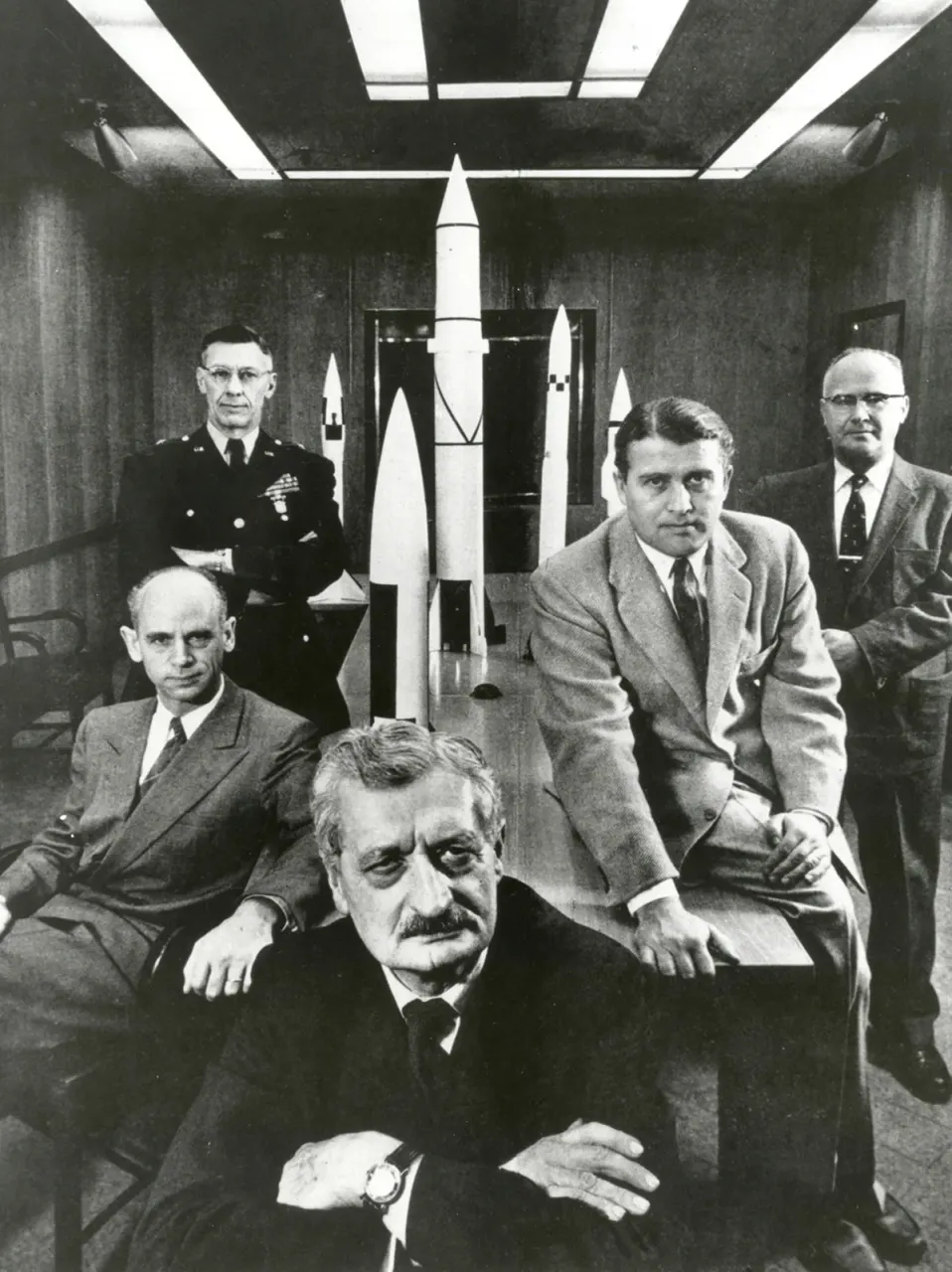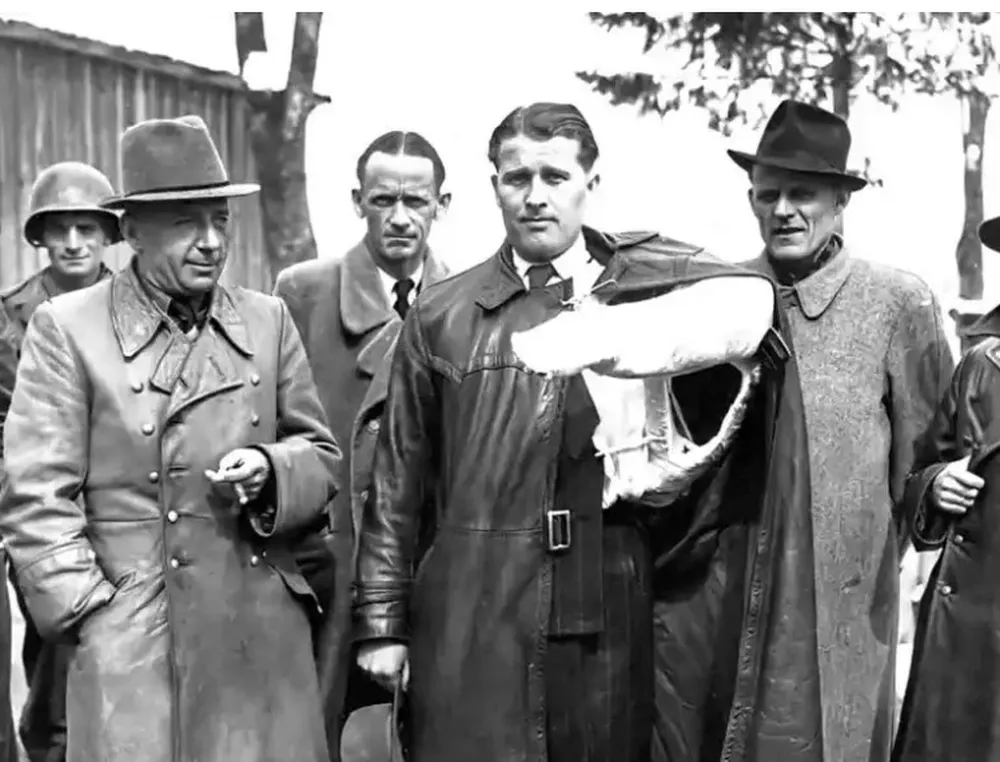
Operation Paperclip was a secret U.S. government operation after World War II that proved to be a real—and highly controversial—conspiracy.
What was it and how did it happen?
In 1945, the US created the Joint Intelligence Objectives Agency to recruit Nazi scientists—especially experts in rocketry, aviation, medicine, and chemical and biological weapons—before the USSR could attract them.
Initially called Overcast, it was changed to Paperclip in November 1945, a name that alludes to the paper clips used to hold files that concealed candidates' Nazi pasts.
Impact and Legacy
Between 1,500 and 1,600 scientists moved to the US to work on missiles, aerospace technology, submarines, or medicine. Most of them were from the Nazi Party or the SS.
Key figures such as Wernher von Braun developed ballistic missiles (such as Explorer I) and led the creation of the Saturn V rocket, which was essential for the Apollo missions.
Other scientists, such as Hubertus Strughold, participated in Nazi medical experimentation and later helped create space medicine in the US.
The program was officially active until 1947, but its promoters and ramifications extended until 1962.
It's time to address the question: is this a conspiracy or a strategic issue?
It was heavily criticized from an ethical standpoint: Paperclip "rewarded hundreds of devoted Nazis with citizenship and high-level positions," while Holocaust survivors faced restrictions.
The official argument—to curb the USSR and ensure a technological advantage—collides with moral values because it hides or downplays the scientists' criminal records.
I discovered that after the war, the US led a covert operation to transfer Nazi German scientists to its territory.
It's clear that figures like von Braun and Strughold, who had ties to the Nazi regime, became pillars of NASA and space exploration.
It's time to address the question: is this a conspiracy or a strategic issue?
It was heavily criticized from an ethical standpoint: Paperclip "rewarded hundreds of devoted Nazis with citizenship and high-level positions," while Holocaust survivors faced restrictions.
The official argument—to curb the USSR and ensure a technological advantage—collides with moral values because it hides or downplays the scientists' criminal records.

Historic images from google images